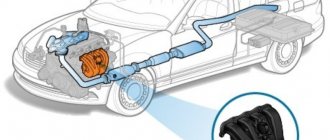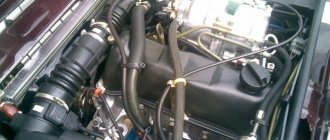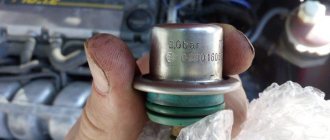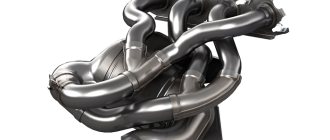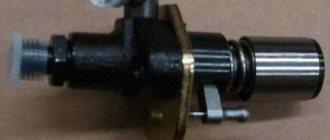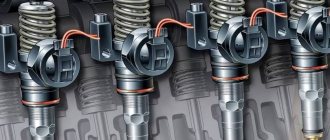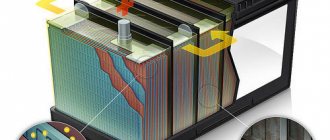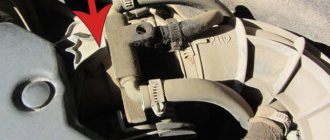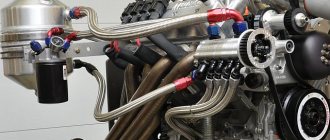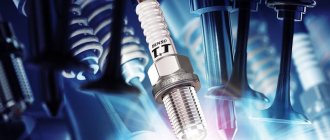The operation of any internal combustion engine is based on the combustion of a mixture of air and fuel in the cylinders of the unit. In addition to the fact that air and combustible material (gasoline, diesel or gas) must be supplied to each cylinder, an accurate calculation of the volume of each substance is needed, and they must be mixed efficiently. As motors improve, so do the systems needed to maximize their efficiency.
Engine efficiency depends not only on the quality of the fuel system and the performance of the ignition. If the fuel is not mixed well with the air, most of it will not burn, but will be removed from the car through the exhaust pipe (we talk about how this affects the catalytic converter here ). To improve efficiency, environmental friendliness and efficiency, various parameters of the power unit are improved.
Let's consider what role the intake system plays in this, what elements it consists of, what its purpose is, what the principle of its operation is.
What is a car intake system
Old engines, which are still found in domestically produced cars, did not have an intake system as such. A carburetor engine has an intake manifold, the pipe of which passes through the carburetor to the air intake. The device itself has the following operating principle.
When the piston in a particular cylinder performs the intake stroke, a vacuum is created in the cavity. The gas distribution mechanism opens the intake valve. An air flow begins to move through the collector channel. Passing through the mixing chamber of the carburetor, a certain amount of fuel enters it (this volume is regulated by jets, which are discussed separately ). Air purification is ensured by an air filter installed in front of the carburetor.
The mixture is sucked into the cylinder through an open valve. Any naturally-aspirated engine has a vacuum operating principle. The air-fuel mixture enters it naturally through vacuum in the intake manifold. The primitive intake only ensured the flow of air into the carburetor chamber.
This system has a significant drawback - the quality of the system directly depends on the structure of the path connected to the cylinder head. Also, as the VTS passes through the manifold, a certain amount of fuel may fall on its walls, which negatively affects the efficiency of the car.
When the injector appeared (what it is and how it works is discussed separately ), there was a need to create a full-fledged intake system that would have the same function - to take in air and mix it with fuel, but its operation would be controlled electronically .
Electronics more efficiently calculates the optimal proportion of air and fuel volumes and maintains this parameter in different operating modes of the internal combustion engine. It also provides better cylinder filling at low engine speeds. This improvement in the intake of the unit increases its performance without increasing fuel consumption. The optimal ratio of air volume to fuel amount is 14.7/1. The mechanical type of intake is not able to maintain this proportion at different operating modes of the unit.
If previously a car only had an air duct through which air flowed naturally (its volume was determined by the physical properties of the air path and actuators), then a modern car receives a whole system consisting of various electrically controlled mechanisms. They are controlled by the ECU, which makes the military technical equipment of higher quality.
